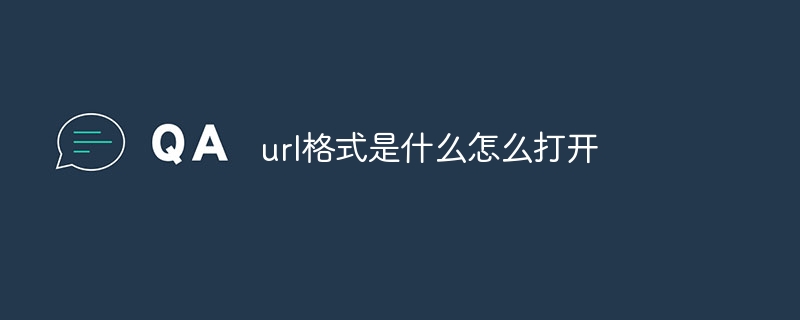
The URL format is: protocol://hostname:port number:query string. Open the URL: 1. Copy the URL; 2. Paste it into the browser address bar; 3. Press Enter.

What is the URL format? How to open it?
URL Format
URL (Uniform Resource Locator) is a standard format used to identify and find specific resources on the Internet. It is structured as follows:
协议://主机名[:端口号][/路径][:查询字符串][:片段标识符]How to open a URL
Opening a URL in a browser is very simple:
Example
A URL used to access the Google homepage Example:
https://www.google.comBroken down example:
The above is the detailed content of What is the url format and how to open it?. For more information, please follow other related articles on the PHP Chinese website!
 Is it difficult to learn Java by yourself?
Is it difficult to learn Java by yourself? How many years do you have to pay for medical insurance to enjoy lifelong medical insurance?
How many years do you have to pay for medical insurance to enjoy lifelong medical insurance? How to convert pdg files to pdf
How to convert pdg files to pdf What is free space
What is free space How to use define
How to use define Quick shutdown shortcut key
Quick shutdown shortcut key Usage of delete statement
Usage of delete statement How to make charts and data analysis charts in PPT
How to make charts and data analysis charts in PPT



